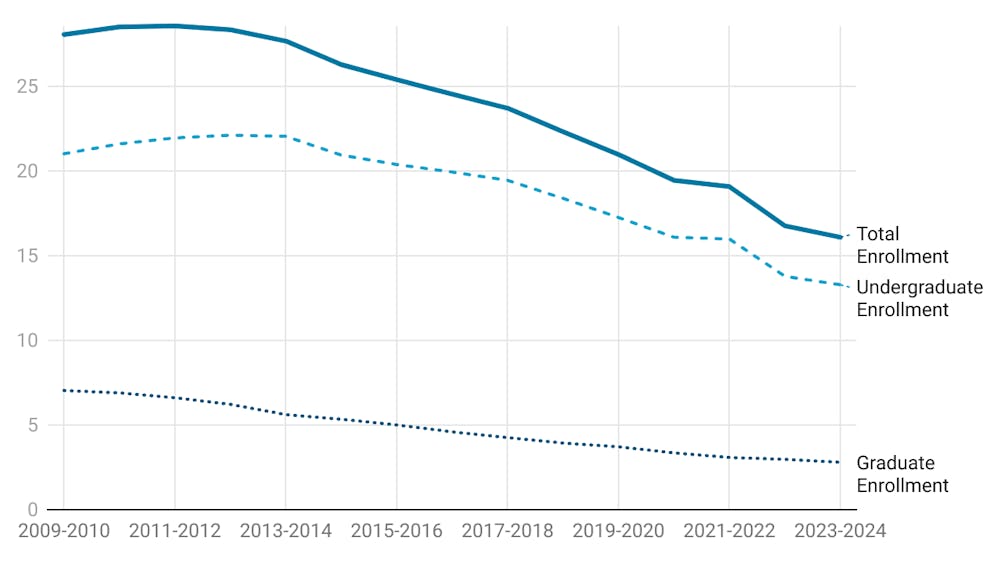Of course, people will say that in Detroit’s bankruptcy the city has been sliced and diced and sold off for all of its parts, or that the rich will take it for all it has, but that just isn’t true.
When Detroit filed for Chapter 9 bankruptcy on July 18, 2013, it filed with $18 billion in debt. Of that $18 billion in debt, $3.5 billion was from an unfunded pension liability, and $5.7 billion in other post-employment benefits such as health insurance and life insurance that was unfunded. Combined, retiree cost were $9.2 billion, over half of Detroit’s debt.
In that respect, city retirees are particularly vulnerable to the pain that will be inflicted in bankruptcy. But that pain is due to the basics of financial law, more so than any nefarious efforts to steal from the poor to give to the rich.
The divide is between secured debt, and unsecured debt, not the rich and the poor. In bankruptcy, claims (or creditors’ demands for payment) are prioritized based on the details of the contract at the time the money was borrowed. Money borrowed where collateral was posted – or in other words further assurance of repayment – is a secured claim. Claims where collateral wasn’t posted are known as unsecured claims.
In Detroit’s case, bondholders who purchased debt related to the city’s Water and Sewerage Department will be paid in full. Those debts are secured by the fees collected by the bureaucracy. Most other claims, are unsecured, and therefore will be cut – they will feel the pain.
City retirees are unsecured creditors, and their posted rate of recovery is around 60 percent. That rate of recovery matters, because it is the chief point of objection to the idea that the rich will be repaid while poor, old, and tired retirees are left out in the cold.
Certainly, there will be pain felt, unfortunately by people who expected more income in their retirement and who are likely too old to reenter to workforce. However, the main complaint from other unsecured creditors, those rich bondholders – if they can in fact be described that way – is that city retirees have rates of recovery far better than other unsecured creditors.
Detroit’s plan of adjustment outlines how much it intends to pay its creditors. Bank of America and UBS, two banks and counterparties to interest rate swaps the city entered into in 2005 and 2006, will be paid back 30 cents on the dollar. Syncora Guarantee Inc. and Financial Guaranty Insurance Company, two bond insurers, are likely to receive 26 cents and 14 cents on the dollar respectively. Both far below the recovery rates of city retirees.
Moreover, now that the Detroit Institute of Art’s collection isn’t subject to monetization – like was feared – a broader discussion about the city’s assets can happen. The entire brouhaha over whether or not the DIA’s collection, valued between $454 million and $867 million, would be sold off in order to pay down the city’s debts was somewhat of a distraction.
For all the attention that the DIA’s fate drew, the lack of asset disposition on the part of the city has been met with inattention. The city’s plan of adjustment doesn’t lay out plans for the city to sell broad swaths of land, or major assets.
The two deals that the city has made which involve the disposition of land, by lease or sale, are with Syncora and Financial Guaranty. Syncora was able to have a lease it has on a portion of the Detroit-Windsor Tunnel, which existed prior to the bankruptcy, extended for nearly 30 more years. The insurance company will also receive $23.5 million of newly issued bonds on the part of the city, a lease on the parking garage beneath Grand Circus Park, and credit for future land purchases in the city.
Financial Guaranty is set to receive $74 million, credit for future land purchases, land on the riverfront (8.6 acres), and the option to redevelop Joe Louis Arena – hardly surrendering the city jewels to the invaders. Joe Louis Arena was set to be demolished.
The deals were made to acquire the acquiescence of two major creditors who have objected to the city’s plan of adjustment. In order to exit bankruptcy, the city must file the plan of adjustment with the federal bankruptcy court. That plan must then be approved by a majority of creditors, before it is then deemed acceptable or unacceptable by the federal judge.
Detroit will likely exit bankruptcy in the next month or so, and it will exit mostly unscarred. The city could have been dispossessed of its assets, and many of its services could have been turned over to a private companies, but that isn’t the case.









